Description
Clinical evaluation is at the heart of our work, and today poses many challenges.
What is the most common diagnosis?
- 1- anamnesis
- 2- physical examination
- or 3- diagnostic tests prescribed by the doctor?
Answer: 1- Anamnesis (70 %) followed by 2- Physical examination (15 to 20%).
Diagnostic tests (10 % to 15 %) will most often confirm your clinical impression and enable the doctor to confirm a diagnosis.
This training course will enable you to :
- assess an adult presenting a new symptom to determine the degree of urgency and the appropriate course of action;
- adapt the clinical examination to the time available, selecting what is most relevant;
- Apply a structured, rigorous approach to safe care and personalized interventions when the context allows a brief clinical assessment and targeted physical examination;
- assessment in follow-up situations (hypertension, COPD, delirium, etc.)
An aging population and this poses a number of challenges for the care environments that welcome this growing clientele of elderly people suffering from chronic illnesses and major cognitive loss. The assessment of these people's physical and mental health, and all the clinical decisions that follow, must be based on evidence in a context where aging is heterogeneous.
You'll have the tools to
- recognize the normal effects of aging and its physical and mental manifestations
- adapt the history and clinical examination, taking into account any difficulties in communicating or mobilizing.
- adapt practice to the current context of care and effectively determine the severity of a condition in a person who does not present the usual symptoms of common clinical manifestations.
This training course is based on Philippe Voyer's teachings, with his latest books as the main references. Notions are supported by evidence.
MAIN OBJECTIVE OF THIS TRAINING COURSE
Perform initial or follow-up clinical examinations adapted to the reality of clinical environments.
TARGET CUSTOMERS
This course is particularly aimed at nurses working with adults and seniors in all care settings. Visit nursing assistants are also welcome, as they have an important role to play in contributing to the assessment. Respiratory therapists and other team members because patient assessment is a team effort.
LEARNING ACTIVITIES
Case studies will enable participants to assess the safest interventions for rapid recovery. Realistic videos on history-taking, cardiac auscultation and abdominal examination will be presented.
Trainer: Mireille Guillemette, BScE, trainer and author, consultant, teacher and member of the CEVQ (Centre d'excellence du vieillissement de Québec) mentoring team.
OIIQ, OIIAQ, OPIQ accredited training 7 hours

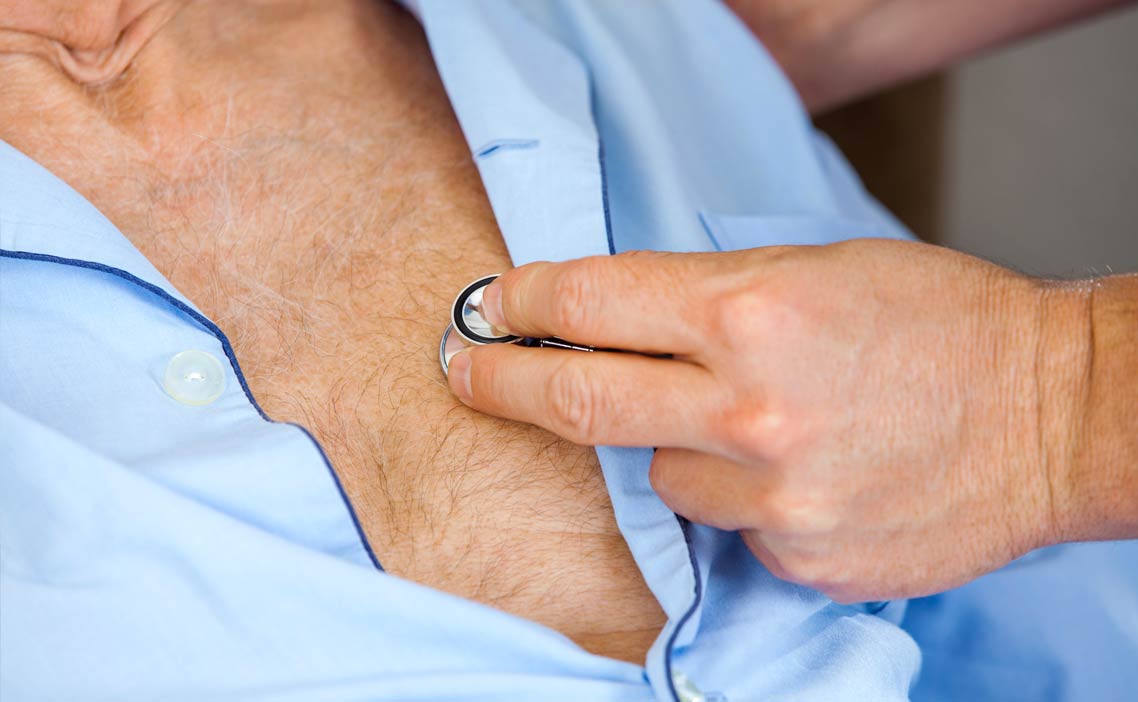


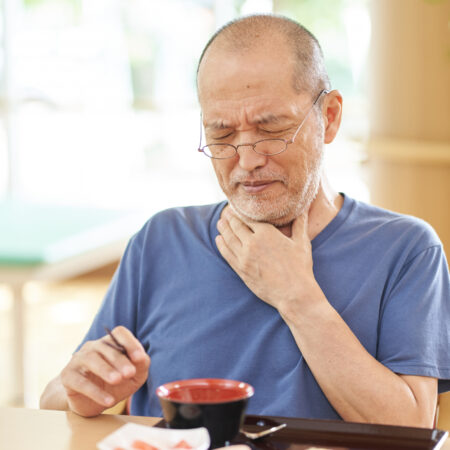
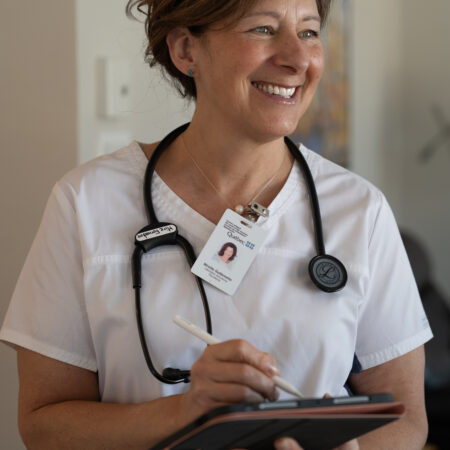
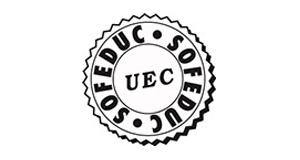

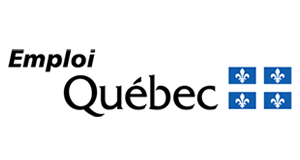
Reviews
There are no reviews yet.